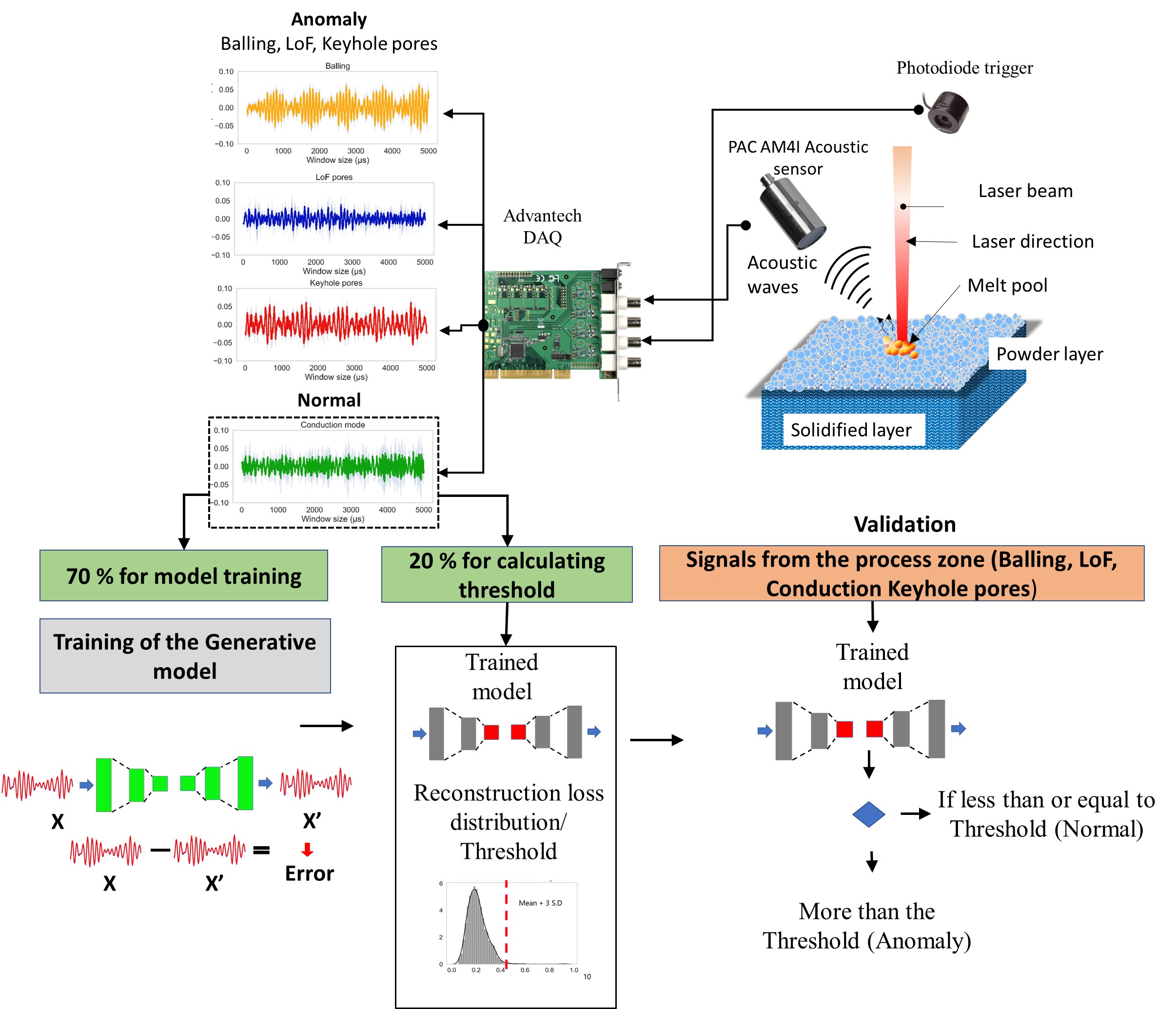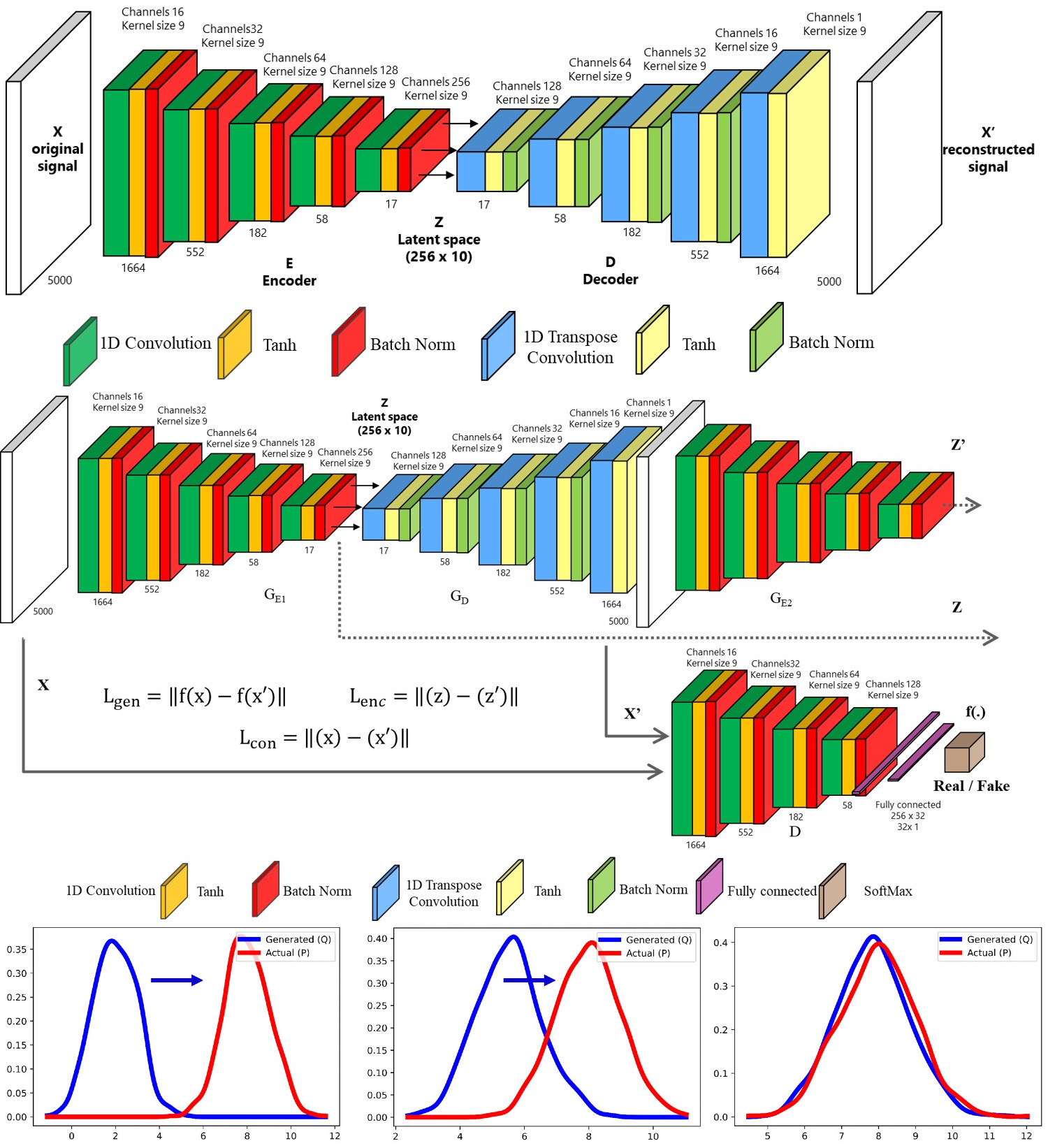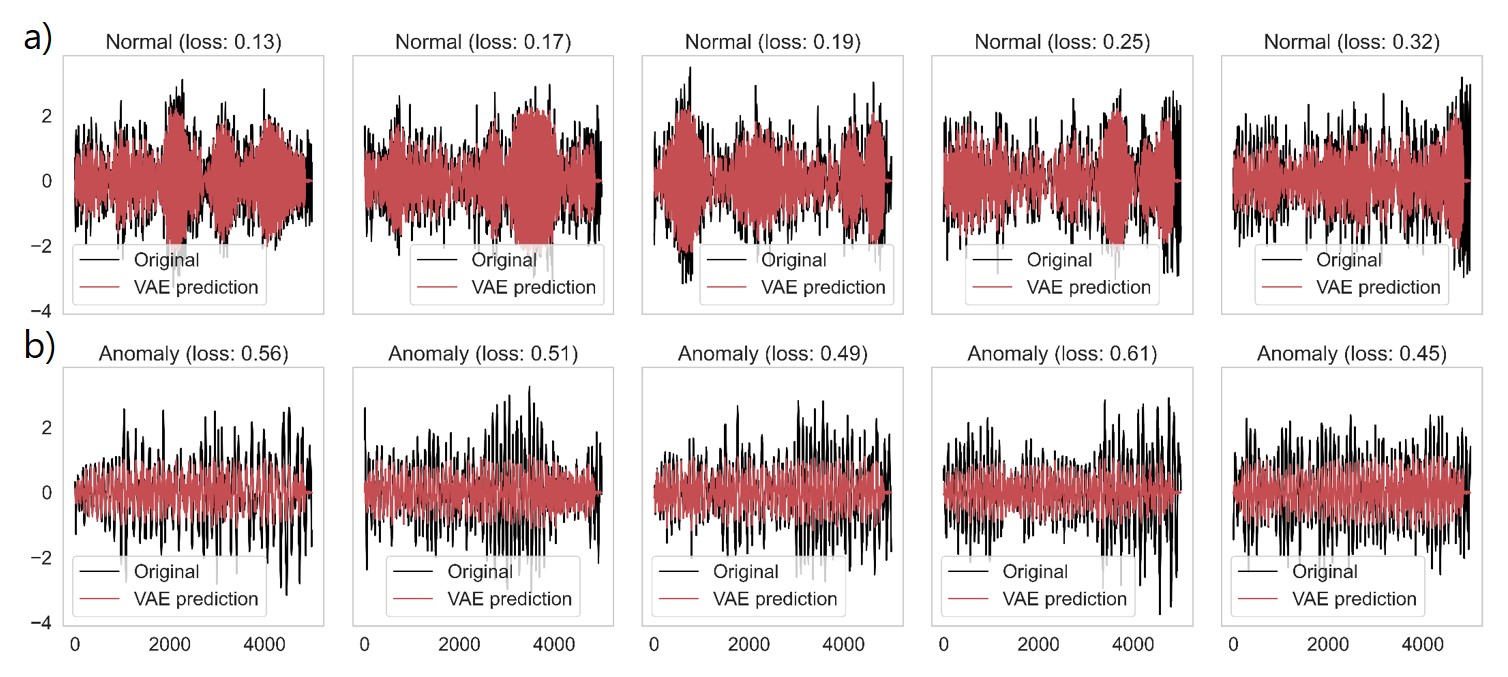Scientific publication
Semi-supervised Monitoring of Laser powder bed fusion process based on acoustic emissions.
Written by , Rita Drissi-Daoudi, Sergey Shevchik, Giulio Masinelli, Tri Le-Quang, Roland Logé, and Kilian Wasmer
Outline
Metal-based Laser Powder Bed Fusion (LPBF) suffers from a lack of repeatability and is challenging to model, making their quality monitoring essential and demanding. The reason lies in the high dynamics taking place during the interaction of the laser with metallic powders. To bring this technology to mass production, industries are only interested in the process regime where the built layer's quality meets their standards. All other process regimes leading to poor mechanical properties and/or defect formation such as balling, Lack of Fusion (LoF) pores, keyhole pores, delamination, and crack propagation irrespective of their different regimes are considered anomalies. Today, the common methodology for monitoring uses conventional/supervised Machine Learning (ML) algorithms for the classification task. However, it requires collecting a balanced dataset corresponding to each investigated regime from the sensors, which is very expensive and time-consuming. As an alternative, the article proposes a semi-supervised approach where the defect-free regime can be differentiated from the anomalies by familiarising the ML algorithms only with the distribution of acoustic signatures corresponding to the defect-free regime. This work presents two generative Convolutional Neural Network architectures based on Variational Auto-Encoder and General Adversarial Network. As a result, we could classify the anomaly regimes with 96 and 97% accuracy, respectively.
Reference
Pandiyan, Vigneashwara, Rita Drissi-Daoudi, Sergey Shevchik, Giulio Masinelli, Tri Le-Quang, Roland Logé, and Kilian Wasmer. "Semi-supervised Monitoring of Laser powder bed fusion process based on acoustic emissions." Virtual and Physical Prototyping 16, no. 4 (2021): 481-497.
Graphical abstract

Experimental setup


Results

